Our native Ann Arbor ecosystems are fire-dependent. Until settlers began suppressing fires in the early 1700s, fire enriched the soil and removed dead thatch, allowing diverse
native plant and animal communities to thrive. Continued fire suppression has disrupted the natural balance and allowed
fire-intolerant, non-native plant species to out-compete the native, fire-adapted plants. By reintroducing fire in our parks, we are reinstating an essential ecosystem process.
Are Burns Safe?
For People
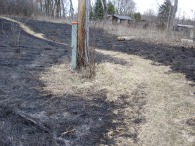 The burn is conducted by well-equipped, fully-trained staff and
volunteers. The local fire department is notified before each burn, and cell phones and two-way radios are carried by staff conducting a burn. If anything unexpected were to occur, staff would respond immediately. Plenty of portable water tanks and a water truck are present at each burn site. Each area to be burned is also surrounded by a non-combustible strip of ground, called a “burn break,” which contains the fire.
The burn is conducted by well-equipped, fully-trained staff and
volunteers. The local fire department is notified before each burn, and cell phones and two-way radios are carried by staff conducting a burn. If anything unexpected were to occur, staff would respond immediately. Plenty of portable water tanks and a water truck are present at each burn site. Each area to be burned is also surrounded by a non-combustible strip of ground, called a “burn break,” which contains the fire.
Controlled burns produce some smoke, which contains water vapor, carbon dioxide,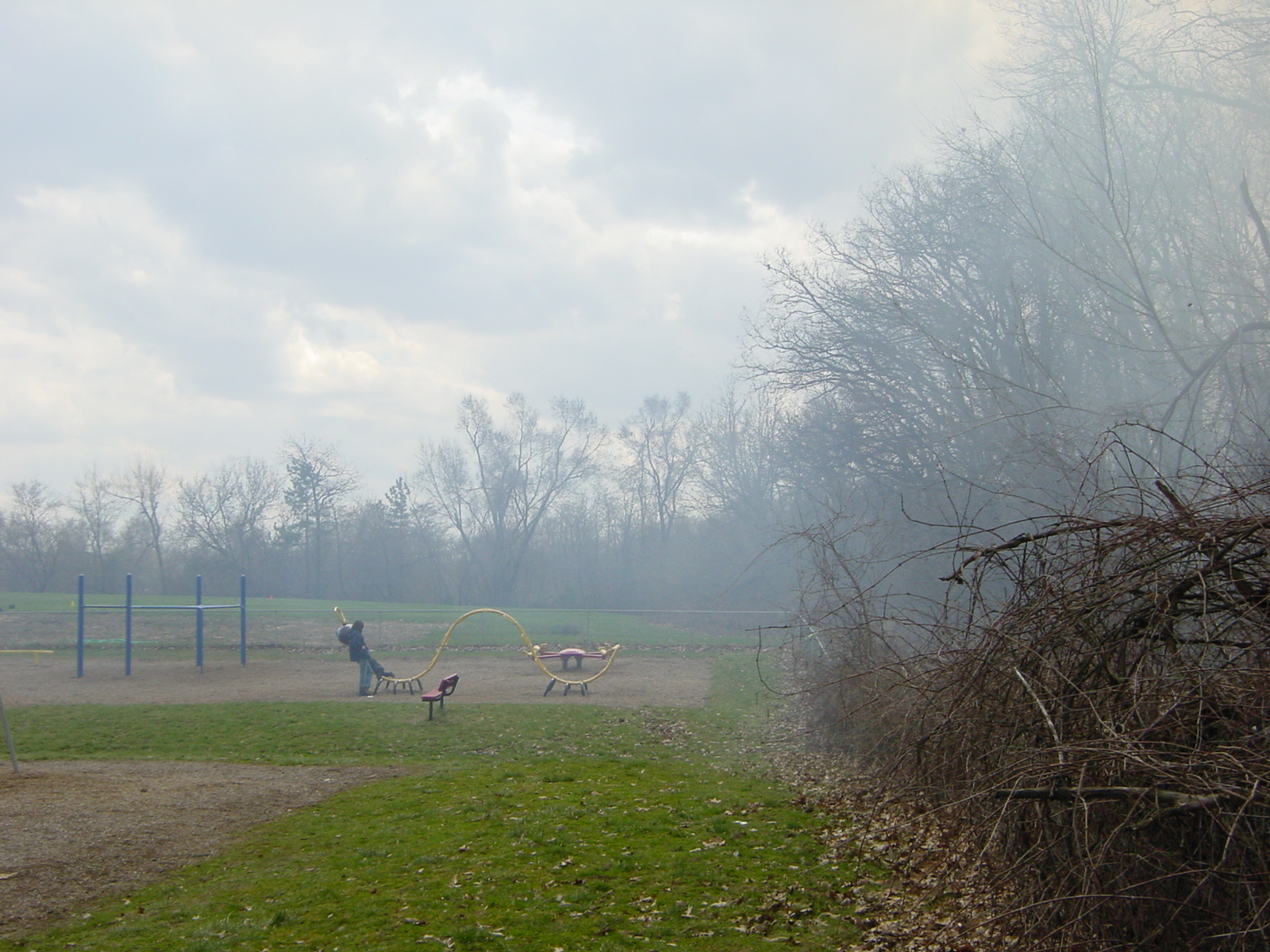 other chemicals, and particulate matter. In general, emissions from burns are significantly less than those produced from mowing a comparably-sized site, but steps are taken to minimize the amount of public exposure to what little smoke is produced. Although a burst of smoke does quickly return carbon to the atmosphere, research suggests that by stimulating the accelerated growth of vegetation, prescribed burns may actually increase the amount of carbon sequestered over the long-term.
other chemicals, and particulate matter. In general, emissions from burns are significantly less than those produced from mowing a comparably-sized site, but steps are taken to minimize the amount of public exposure to what little smoke is produced. Although a burst of smoke does quickly return carbon to the atmosphere, research suggests that by stimulating the accelerated growth of vegetation, prescribed burns may actually increase the amount of carbon sequestered over the long-term.
For Animals
During the burn, most animals retreat to burrows or move to surrounding areas, as only a portion of the park is burned. Smaller animals need only be half an inch underground to avoid the heat of the fire. Animal habitat is generally improved as a result of fire in sites we burn – stimulating a diverse, healthy natural community. NAP also conducts annual
breeding bird,
salamander, and
frog and toad surveys to monitor the effects of burns and other restoration activities on animal populations.
How Quickly Do Areas Recover?
Burned areas re-green very rapidly. Solar heat absorbed by the blackened surface warms the soil, and plants respond by vigorously sprouting and sending up shoots. This is one of the many ecological benefits of prescribed burning. It is amazing to visit these areas periodically after a burn and witness the fast rate of new plant growth. Below is a series of photographs taken in 2009 of the prairie in front of the Leslie Science and Nature Center on Traver Road.
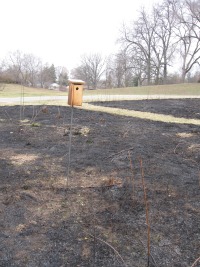 Day of burn (March 18)
Day of burn (March 18)
Nine days after the burn (March 27)
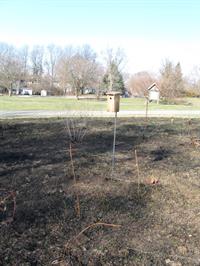
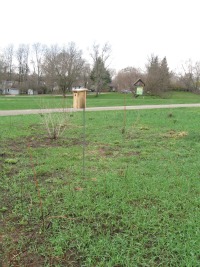 Five weeks after the burn (April 21)
Five weeks after the burn (April 21)
Ten weeks after the burn (May 28)
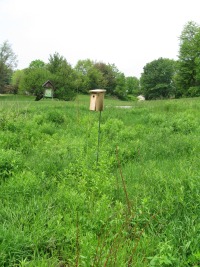
 Six months after the burn (Sept 1)
Six months after the burn (Sept 1)
How do we plan the burns?
NAP staff assess each site and develop a burn plan that provides information on the specific ecological objectives of the burn, preferred weather conditions to meet those objectives and minimize smoke, the ignition pattern, locations of burn breaks to safely contain the fire, equipment, contingency plans, and emergency phone numbers. Detailed maps are prepared showing areas targeted for burns, where burn breaks will be located, and neighborhoods in which people might see or smell smoke. City and Township Fire Marshals review the plans before issuing the necessary permits. We wait until weather conditions are within the range specified in the burn plan before proceeding. Burns are planned each winter for the upcoming spring, and in summer for the upcoming fall. Park neighbors are notified in advance by mail that a controlled burn is planned.
For a printable factsheet with this information, view our
Controlled Ecological Burn Factsheet (pdf).
